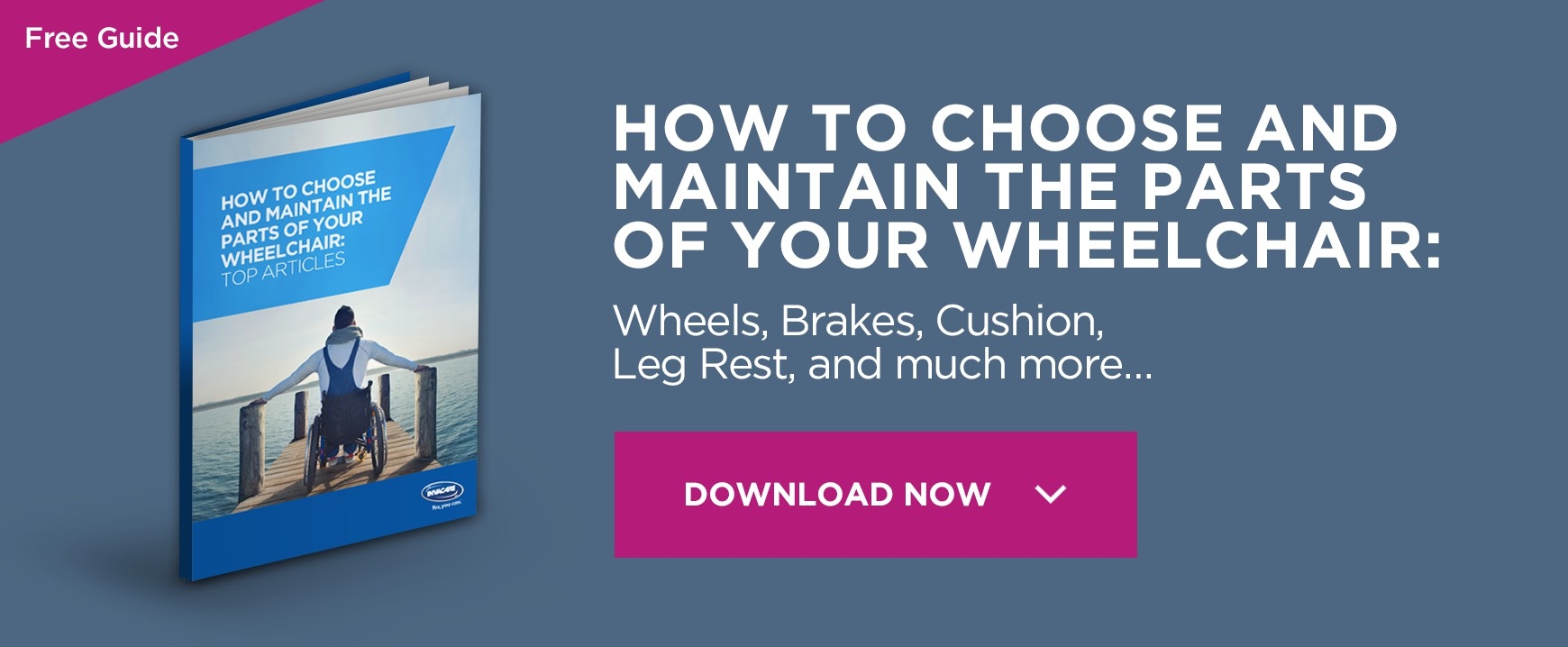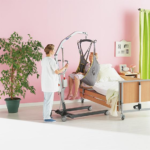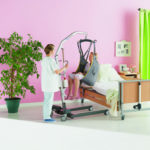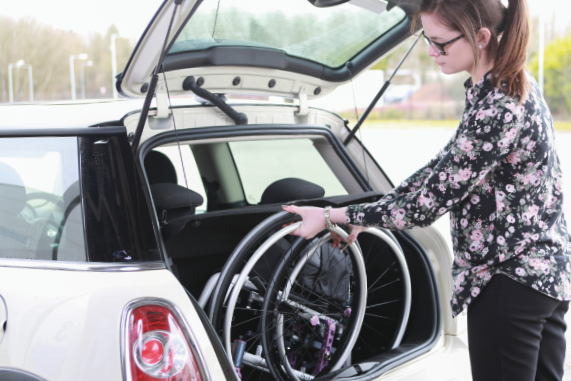Disabled Drivers: Simple Ways to Have an Accessible and Fun Driving Experience
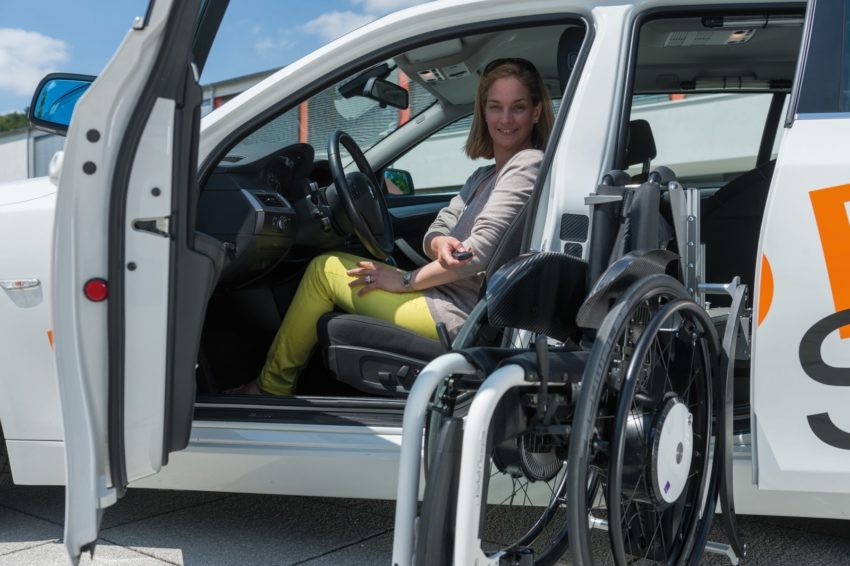
Whether you’re a driver or not, it’s not much of a secret that driving is a very complex task, both mentally and physically. It’s no different for disabled drivers, but we do have a whole lot of unique challenges to overcome, even before we sit behind the wheel.
To be completely honest, I’m not a driver – unless you count driving a powered wheelchair or playing racing video games – but I do know a thing or two about driving and I know a lot about living with a disability.
One thing we fight for the most is mobility, and probably the best way to achieve mobility is to own and drive a car. Of course, driving a car isn’t possible for every person with a disability, but owning a car to facilitate your long-range mobility shouldn’t be a problem regardless of your disability, as we’ve discussed in a previous article.
However, our topic for this article is disabled drivers. So let’s dive in.
The challenges are colourful, but so are the opportunities
Disabilities come in many shapes and sizes and, as colourful and beautifully diverse as this may be, each disability makes driving a kind of a special feat. For example, a person of short stature will probably need a customised seat, as well as a modification made to the vehicle’s pedals, while a person with a lower extremity disability will require a way to operate the throttle and brake with their hands, which is a system known as – unsurprisingly – hand controls. Some people will need a completely custom vehicle control system, and others will even need a way to reach the driver’s position with their wheelchair.
Ways to achieve vehicle accessibility are not a completely novel concept. However, new technologies, as well as corporate interest in the disabled driver market, continue to offer exciting opportunities for an increasing number of people with all kinds of disabilities to drive both comfortably and safely. These adaptive technologies can be as simple as swivel seats or special cushions for easier access and as technologically advanced as a joystick system for driving, not unlike the one found in powered wheelchairs. Most common adaptations usually include some form of hand controls. Amusingly enough, hand controls can also be used by people who use their feet to drive.
Don’t forget to consider every little detail
With such a wide range of equipment and solutions available, there are many considerations to be made before you reach a final decision. It all begins with knowing and understanding your needs and abilities. Do you need to be able to reach the driver’s position in your wheelchair or are you able to sit in the driver’s seat? Can you sit in a standard seat or do you need a custom seat? Are hand controls going to work for you, or do you maybe need a more advanced driving system?
By consulting with a driver rehabilitation or other specialist before you modify a vehicle you already own or purchase a new vehicle with adaptive equipment. That way, you can learn what adaptive equipment you need now or may need in the future and, equally important, avoid paying for equipment you don’t need. After all, your budget is also an important thing to factor in.
One thing which may not be too obvious is the fact that wheelchair choice can also be an important detail in this decision-making process. Whether you need to sit in your wheelchair while you drive, or the wheelchair will have to be stored away for the drive – in which case you may also need to think about an adaptive storage system – the type and the size of the wheelchair will partly dictate the way you can and will need to adapt your vehicle. One option to consider is a power pack, which will give a much needed boost of power without sacrificing mobility and flexibility.
The road ahead seems bright like never before
Finally, whatever your requirements may be, there’s a good chance that there is a piece of adaptive equipment available to facilitate your driving needs and allow you to seek the ultimate freedom offered by the open road. And with the prospect of autonomous vehicles around the corner, the road to complete mobility is all but paved.


